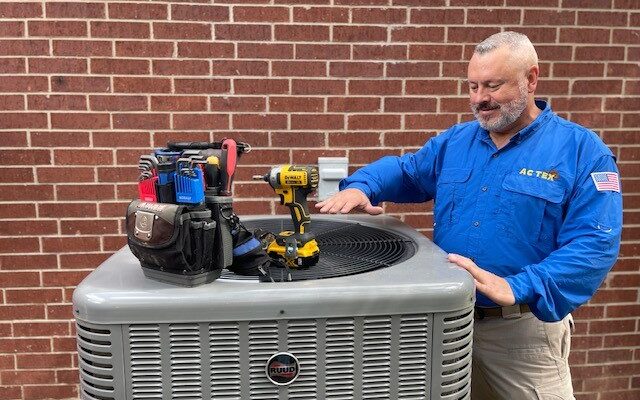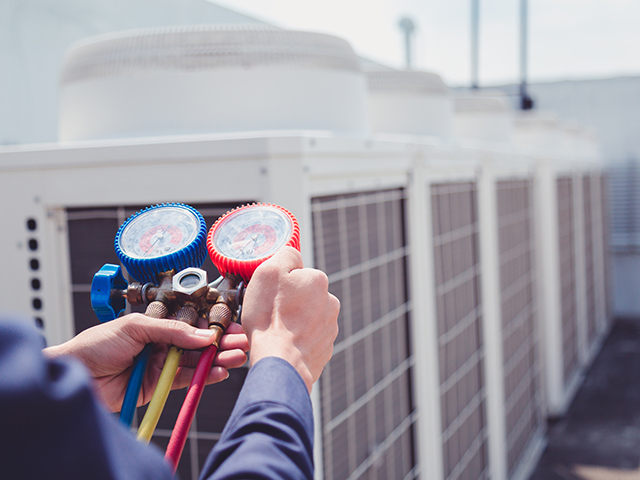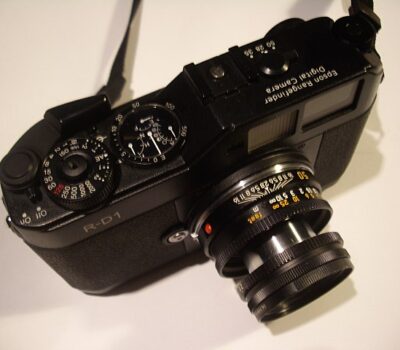

Fix Low Airflow in Your Air Conditioning
When the air conditioning system in your home isn’t cooling as effectively as it should, it can be both frustrating and uncomfortable. One common issue that homeowners face is low airflow, which can result in your system struggling to maintain a consistent temperature. Fortunately, the problem can often be fixed with a few simple steps. If you’re experiencing low airflow in your AC system, here’s a comprehensive guide on how to troubleshoot and resolve the issue.
1. Check the Air Filter
One of the most common causes of low airflow is a clogged air filter. Over time, dust, dirt, and debris accumulate in the filter, blocking the flow of air. When this happens, the air conditioner has to work harder to circulate air, which can reduce efficiency and cooling capacity.
How to fix it:
- Turn off the AC system before inspecting the filter.
- Locate the air filter, which is usually found behind the return air vent or the access panel of the air handler.
- Remove the filter and check if it’s clogged with dirt. If it’s dirty, replace it with a new one.
- Air filters should generally be replaced every 1-3 months, depending on usage and the type of filter.
2. Inspect the Ductwork for Leaks or Blockages
Leaky or obstructed ducts can significantly reduce airflow in your air conditioning system. Leaks allow cool air to escape, while blockages prevent it from reaching certain rooms of your home. These issues are more common in older systems but can occur in any setup. To avoid this, regular maintenance by a professional service like Bishan aircon servicing can ensure that your ducts remain in optimal condition, preventing costly repairs and ensuring efficient cooling.
How to fix it:
- Inspect visible ducts for signs of damage, holes, or disconnected sections. You may need to crawl into attics or basements to fully inspect the ducts.
- Use duct tape or mastic sealant to repair any leaks.
- If the ducts are significantly damaged, you may need to replace sections or call in a professional to make more extensive repairs.
- For blockages, you can try using a vacuum or a blower to clear debris from the ducts. If there’s a significant blockage, calling an HVAC technician may be necessary.
3. Examine the Blower Fan
The blower fan is responsible for pushing the cool air through the ducts and into your home. If the blower fan is malfunctioning, it could result in weak airflow or a complete failure of air distribution.
How to fix it:
- First, turn off the power to the AC system for safety.
- If you’re comfortable with DIY maintenance, you can open the air handler unit and check the blower fan for any visible issues.
- If the fan blades appear dirty, clean them gently with a soft cloth. Dust buildup can affect the fan’s performance.
- Check for any signs of wear, such as bent or broken fan blades. If the fan is damaged, it may need to be replaced.
- If the fan motor isn’t working or is making strange noises, it may require professional attention.
4. Check the Condenser Unit
The condenser unit is responsible for releasing the heat absorbed by your air conditioning system. If the condenser is dirty or obstructed, it can affect airflow and reduce the system’s efficiency. Over time, debris like leaves, dirt, and branches can accumulate around the unit, restricting airflow.
How to fix it:
- Turn off the power to the AC system before inspecting the condenser.
- Remove any debris around the unit and clear the area so that air can flow freely.
- Inspect the fins of the condenser. If they appear bent, gently straighten them with a fin comb or a similar tool.
- Use a soft brush or a vacuum with a brush attachment to clean the fins.
- Ensure the condenser coils are free of dirt and grime. If they’re dirty, you can clean them with a coil cleaner (make sure the unit is off and unplugged).
5. Inspect the Thermostat Settings
A malfunctioning thermostat can sometimes be the cause of low airflow issues. If your thermostat is not reading the temperature correctly, it may not be signaling the air conditioner to run at the right times or intensity.
How to fix it:
- Make sure your thermostat is set to “cool” mode and that the temperature is lower than the current room temperature.
- If your thermostat is battery-powered, try replacing the batteries to ensure it’s functioning properly.
- Check for any obstructions near the thermostat, like furniture or curtains, that could affect its readings.
- If the thermostat is old or not functioning correctly, consider replacing it with a new programmable model.
6. Examine the Air Vents and Registers
Sometimes, the issue might be as simple as closed or obstructed air vents. If air vents or registers are blocked by furniture, rugs, or curtains, it can restrict airflow and make it seem like the air conditioner isn’t working properly.
How to fix it:
- Go through your home and ensure that all air vents are open and unobstructed.
- Clear away any furniture, rugs, or objects that may be blocking the vents.
- Adjust the vents to ensure they are directing the airflow in the right direction. Make sure they are fully open to maximize airflow.
- If any of the vents or registers are damaged, consider replacing them.

7. Check the Refrigerant Level
Low refrigerant levels can impact the performance of your air conditioning system. If the refrigerant is too low, the AC won’t be able to cool the air efficiently, which can lead to poor airflow.
How to fix it:
- Refrigerant issues are typically not something that can be fixed through DIY methods. If you suspect that your system is low on refrigerant, you’ll need to call a professional HVAC technician.
- A technician can check the refrigerant level, identify if there are any leaks, and recharge the system as needed.
8. Schedule Regular Maintenance
One of the best ways to avoid airflow issues in the future is to schedule regular maintenance for your air conditioning system. Routine checkups can catch minor issues before they become major problems.
How to fix it:
- Call a professional HVAC technician at least once a year to inspect and clean your air conditioning system.
- The technician will check all components of your system, including the filter, blower fan, ducts, and refrigerant levels, ensuring everything is functioning efficiently.
Conclusion
Low airflow in your air conditioning system can be caused by a variety of factors, ranging from simple issues like a dirty filter to more complex problems like refrigerant leaks or damaged ducts. By following the steps outlined above, you can troubleshoot and resolve most airflow issues. However, if you’re unable to pinpoint the problem or if the issue persists, it’s a good idea to consult with a professional HVAC technician. Regular maintenance can help keep your system running smoothly and prevent airflow issues from arising in the future.












